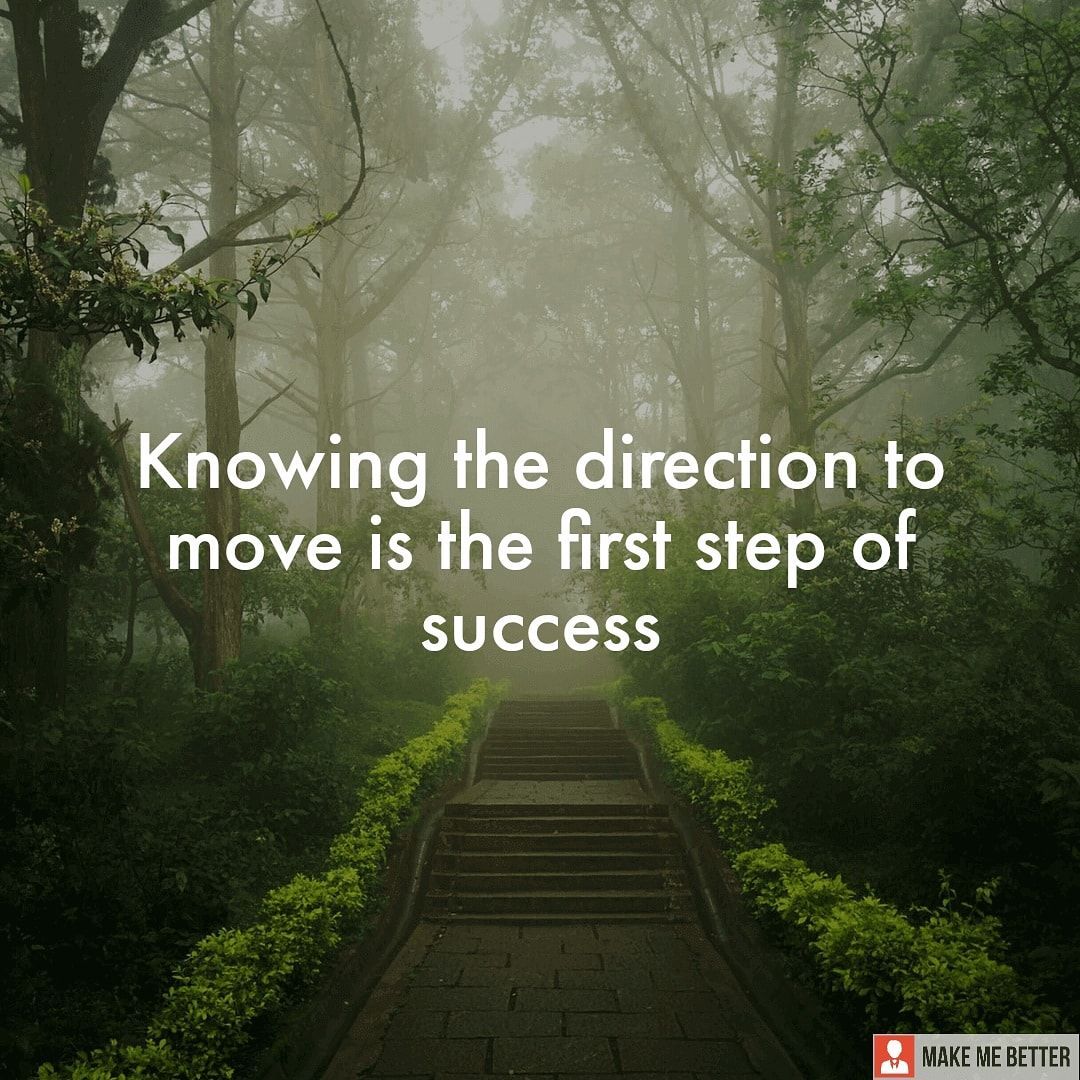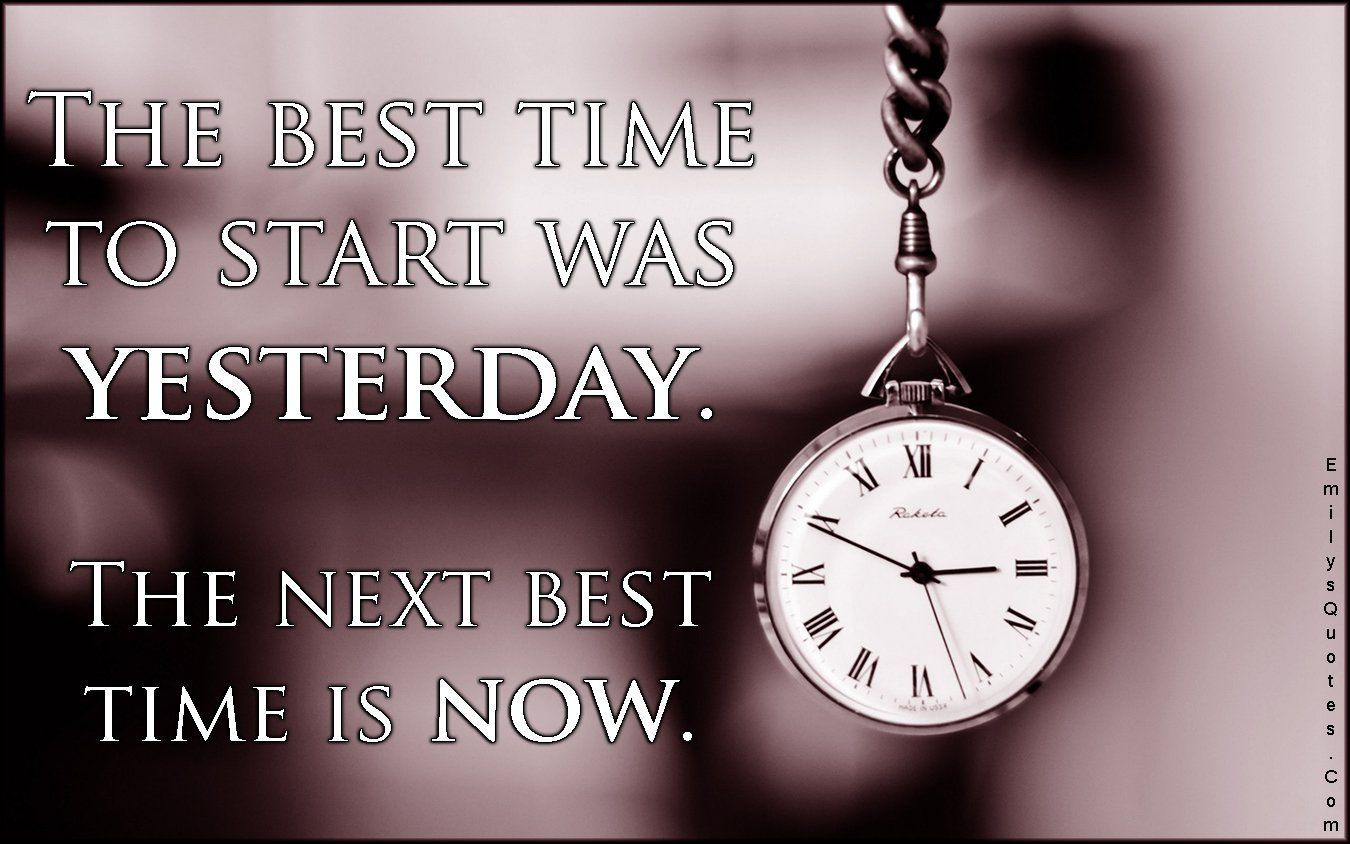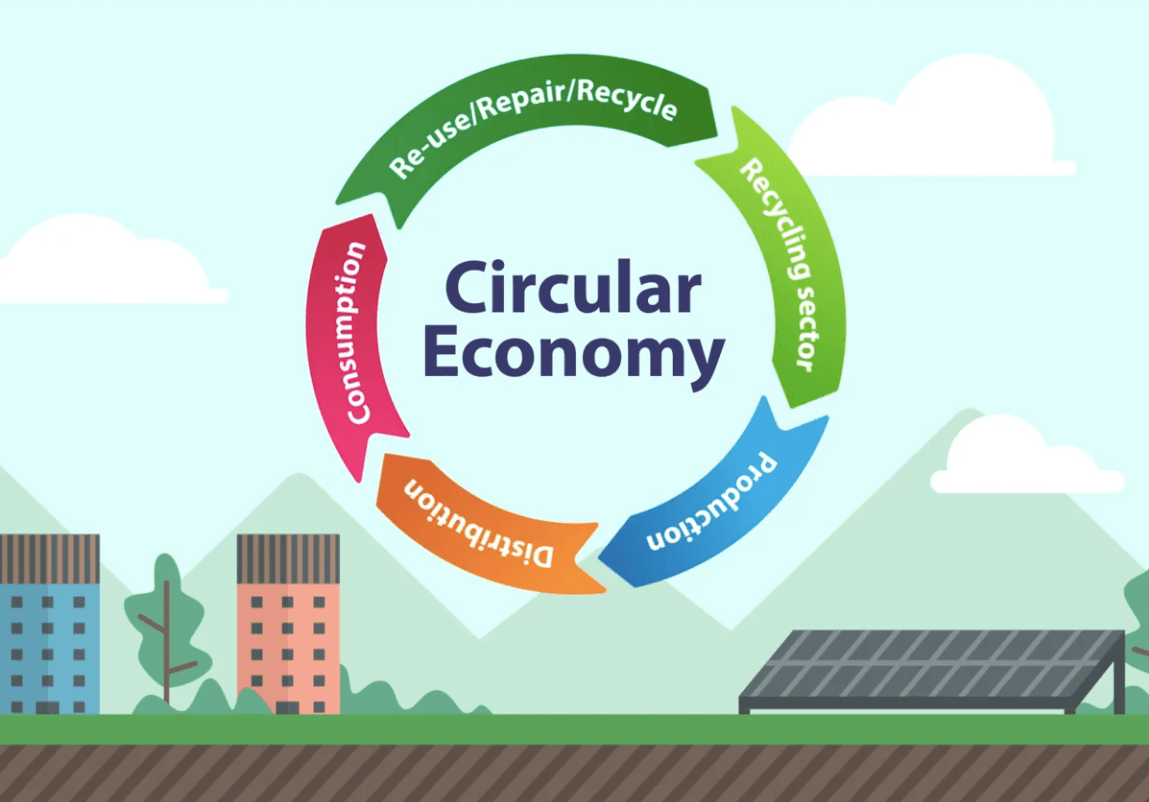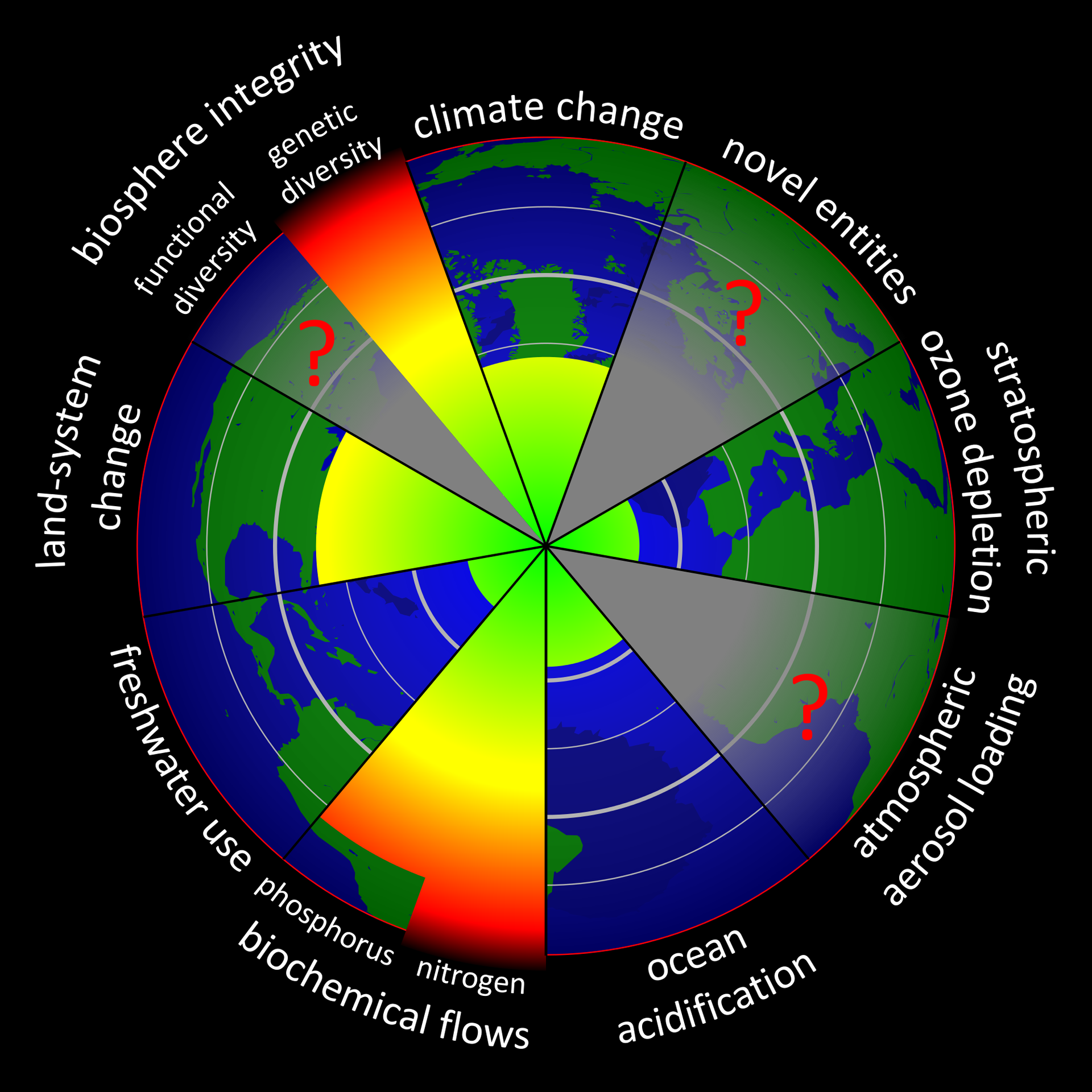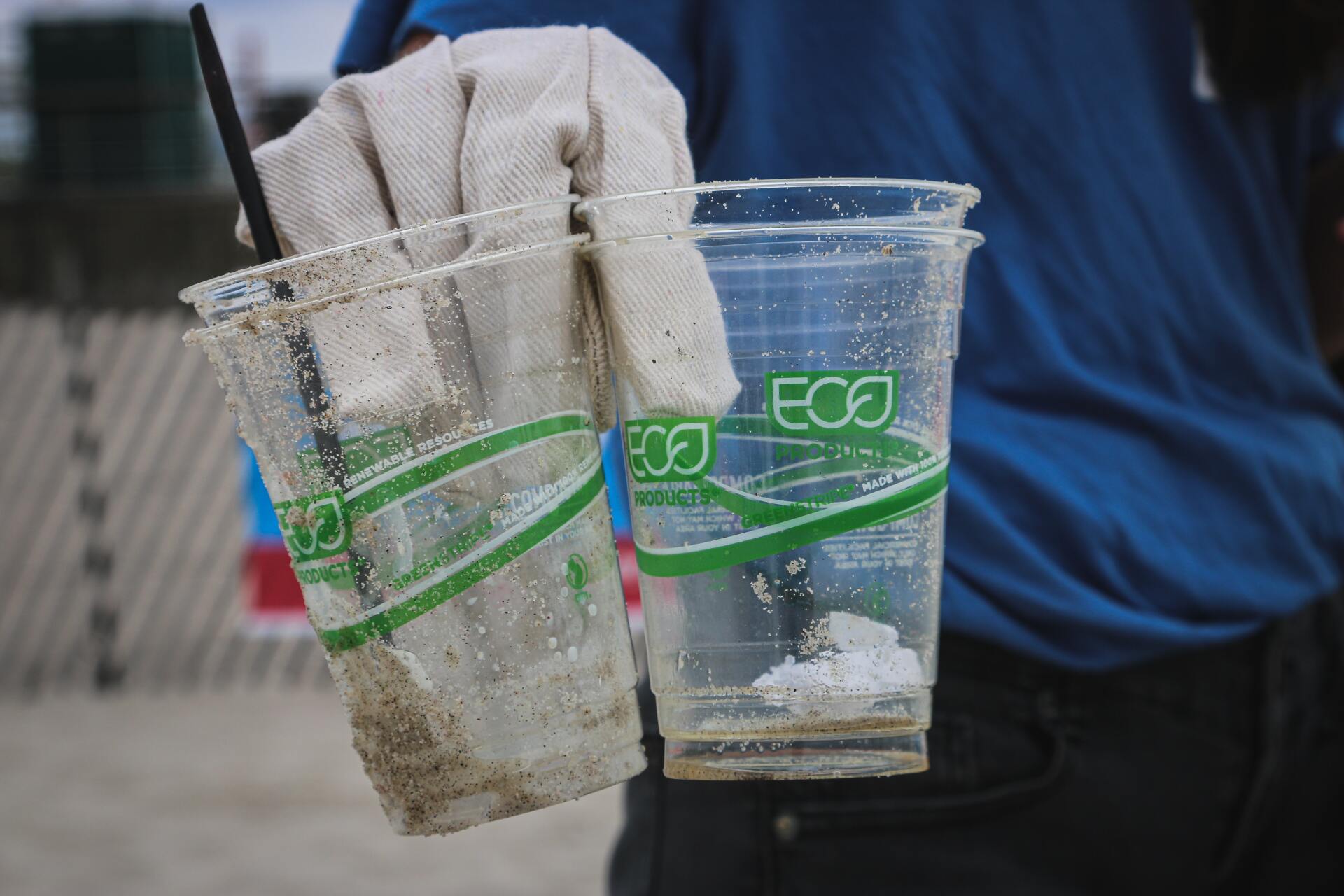How to Make Your Business More Sustainable
How to Make Your Business More Sustainable - Intro

Today’s business trend is to become or be more sustainable, but entrepreneurs are unsure what that means or where to start.
For the small and medium sized business, the challenge of becoming more sustainable is very real. Today’s customers are looking for businesses to help them become more sustainable.
To achieve that they are willing to pay a premium and are willing to commit to a product, service, or brand.
In this post we will explain why sustainability is critically important to both your business and the future, and we will provide suggestions to help you start your sustainable journey.
What is Sustainability, and Why Does it Matter?
Sustainability is more than dealing with climate change, sustainable businesses have a purpose. Sustainability is often represented pictorially by three pillars being, in colloquial terms, People, Planet and Profit.
Thus, it encompasses how businesses interact with the environment, with their communities and deliver a return.
It is important that before you begin your sustainable journey that you understand and embrace the concept of “purpose”. Numerous surveys have indicated how the current generation of customers and particularly future generations will support purpose led businesses.
Where to Start?
Fundamentally, as Simon Sinek stated “Start with your Why?”. What do you and your business believe in? What is your passion?
That vision becomes your business purpose.
Business purpose is a concept that is rapidly becoming more common. From an external perspective it demonstrates that your business stands for something it believes in, going beyond profit and positively impacting the environment and society. This purpose flows through every aspect of the business.
Purpose-driven businesses are set up to deliver meaningfully and tangibly on their purpose. In other words, it is not enough for a business to simply set out why they exist. They must also have a clear plan on how they are going to live out their purpose in practice.
So, the business purpose is incorporated into the Vision or Mission statement of a business.
What is our baseline?
If the business is going to demonstrate success on its journey, then it should take the opportunity to determine where it is starting from.
- A simple exercise to determine your business’s carbon footprint would be useful.
- Combine that with assessing your utilities outputs e.g. water
- An assessment of what impacts do you currently have on your community e.g. noise pollution or charitable donations.
- A staff well-being survey would also be a constructive attempt to give a baseline.
All of these will contribute to giving a quantifiable base from which to start your journey from.
Sustainability Must Haves
Having plotted your Purpose there are a number of sustainability measures that are quick wins, but most people will assume have been introduced into your business’s operations already.
- The paperless office – very few organisations use paper for internal communications and many organisations now send invoices by electronic format.
- Considering moving company cars or vehicle fleets to electric vehicles to reduce your emissions.
- Replacing light bulbs with LED lights
- Motion sensors on lights or timers to reduce power usage including devices on standby
- Office recycling programmes to manage recyclable materials such as cans, plastic bottles, cardboard and food waste
- Review travel arrangements – would it better to operate on a hybrid system of half home based and half office based for yourself and your staff?
- Consider Cycle to Work schemes
The list goes on but simple common-sense measures should not be hailed as great sustainability breakthroughs as they are now fairly commonplace.
Compare where you are with where you need to get to
After analysing your baseline, and ensuring you have already adopted the must haves, work out how big the gap is between where you are now and where you need to be to fulfil your purpose.
This gap analysis outlines the area that you need to work on.
The next step is to consider how to approach this gap and how best to overcome it.
Consider Your Current Operations and Implement Positive Changes
Look at your business through a purpose driven lens.
- Are all your purchases necessary could you use rented or second hand alternatives?
- If you are committed to reducing your wate to landfill consider ways to recycle, repai or reuse “waste”
- Consider how your customers deal with your product or service. Upon completion do your customers dispose of it? Would it be beneficial if the product was returned to you for reuse and recycling?
- How are products packaged? Are better more sustainable alternatives available?
It is important that during this phase you think outside the box.
Consider the impacts your processes have, for example if your company grows and harvests olives, your agriculture practices have an impact. Irrigation takes water from somewhere so who loses out? Are chemical fertilisers and pesticides used? Where do they eventually go? What is the impact of harvesting e.g. fuel use?
At the same time consider risk exposures, drought, or other extreme weather events – that are becoming increasingly frequent – might be a risk for your crop yields. This is an important short/medium-term impact/risk this organization needs to work on.
Review your supply chain and consider ways to improve on that. Reduce carbon mileage by prioritising local supply or ensuring deliveries are more efficient e.g. less frequent but with bigger quantities. Remember that creative solutions are the forerunner of innovation.
Is Sustainability a Journey Without A Destination?
Becoming a purpose driven organisation can appear daunting however if you want your business to make meaningful change and have a positive legacy then there will always be a better future to strive for.
A purpose led business becomes a business that sits comfortably within a cycle of continuous improvement. Businesses with purpose continue to grow and are more attractive to work for.
If you would like a faciltator or guide to help you with this journey, then please get in touch for a free chat. We would be more than happy to help.


